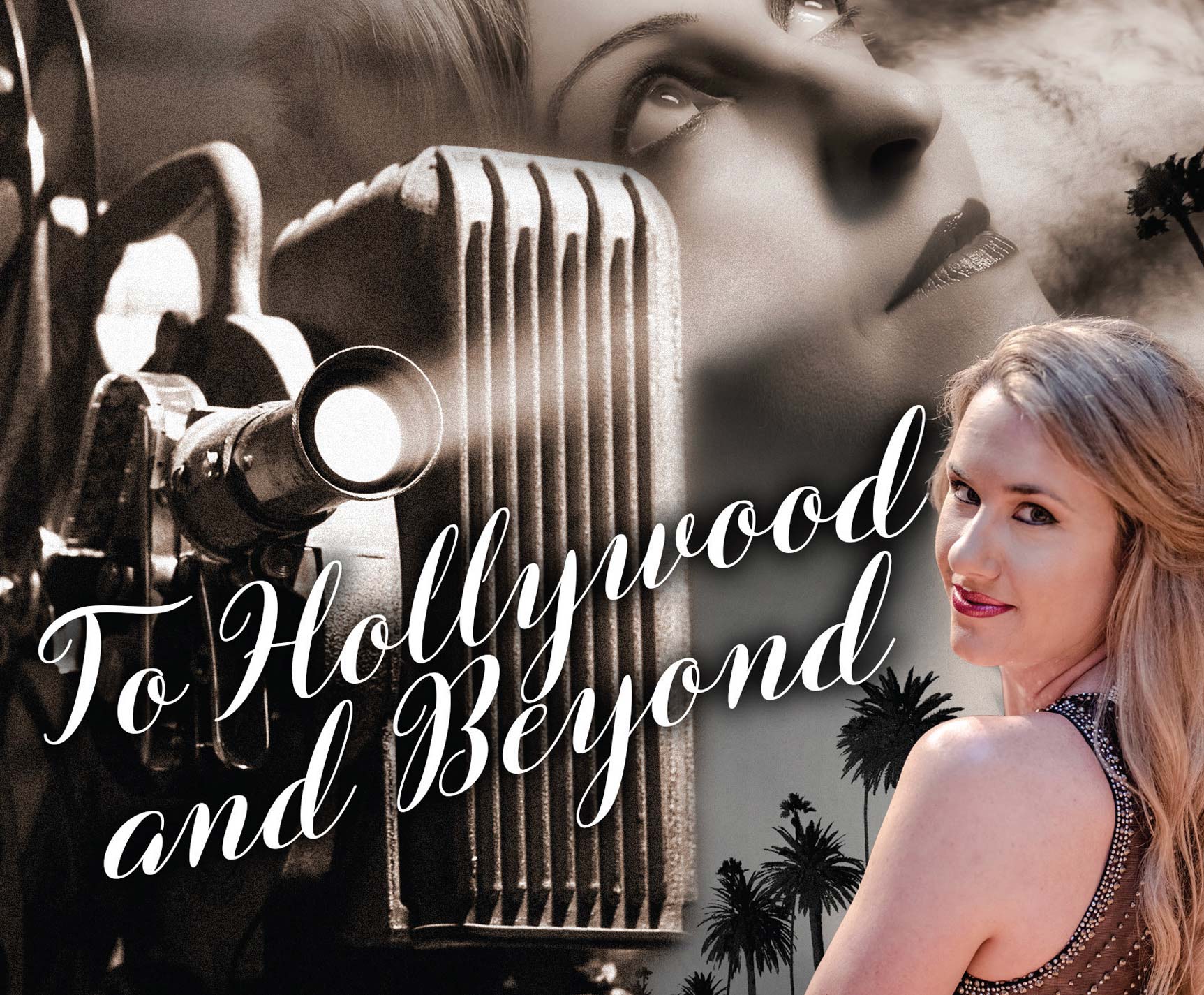Our guest artist, Alon Goldstein and his thoughts on Prokofiev.
German culture – it’s strong influence and how composers found new sources of inspiration. This whole period is very interesting, from the beginning of the 20th century, about 1890 until 1914. There was a very interesting transition where the musical world was so influenced by Strauss and Wagner. It was overwhelming – this German culture. Composers such as Debussy, Ravel, Stravinsky, and Prokofiev tried to get away from Germany in order to find their sources of inspiration. It was difficult to get away because Germany influenced them with so much with its culture. But they wanted to see what they could do which would be different.
Suddenly Ravel is writing Rhapsody espagnole. Scheherazade was influenced by the story of Persia. Debussy goes even further off the coast of Indonesia to the island of Java to bring Gamelan music. There was this search for new sounds, new ideas – Prokofiev and Stravinsky brought in African rhythms. That was an aspect in Prokofiev’s music to get away from the culture of Germany. Is there still German influence in Prokofiev’s music? Of course. It’s a three-movement piece, fast, slow, fast – somewhat. You definitely get the whole relationship between piano and orchestra. It’s all coming from the German tradition and culture. Yet, what could be new in his music? One of the things that is new, is Prokofiev’s use of Castanets. I don’t know any German piece that uses Castanets. So that was a new sound.
Paris in the early twentieth century was such an incredible Mecca; the place where everyone settled and everyone listened to music. So where is that inspiration? Then there is the idea of impressionism and how it influences music. In the first and second movements, there is this search for color – which you hear in his music and the use of castanets is definitely a search for color. Orchestra colors which are different. Some coming from Germany and on the other hand coming from Paris.
Liszt. Can anything be written after Liszt? Is the piano a string or percussion instrument?
Liszt. The second half of the nineteenth century dominated the whole keyboard scene with his virtuosity and his writing. What can you write for piano after Liszt? Is there something new you can do after Liszt and obviously Chopin as well? It’s very interesting in this concerto as well, how Prokofiev finds some new ideas to the piano. For me, one of the most fascinating things you can think about the 19th century is, is the piano a string instrument or a percussion instrument? What can you say, it’s a hammer hitting string – it’s a percussion instrument. But then you have the whole eighteen and nineteenth century with the music of Schubert, Schumann, and Liszt – anything but percussive. Everything tries to be this singing. You listen to Chopin and think of the piano as a percussion instrument? There was conscious effort to get away from that idea of a piano being percussion. Suddenly you come to the music of Prokofiev and he’s like, “I like it. It is a percussion.” He makes a percussion instrumenting sound beautiful and sometimes ugly and sometimes ugly is okay. In someway he freed the piano in that respect, that’s okay to be a percussion instrument. He’s saying, “Don’t worry, we’ll get over it and make something new out of it.” Still, there are very, very lyrical moments in the middle of the first movement. Obviously, the second movement with its slower variations in there and the third movement has the most heartbreaking middle section. Then there is the outer section in the last movement, or some of the variations in signatures are complete percussion in an unbelievable clever way that just exposes the piano and stretches it to places it hasn’t been before. In that respect, I think is really pretty cool!
Sarcasm, cynicism – can music be ugly and beautiful?
There are the usual attributes and characteristics of Prokofiev that we know – the sarcasm, the wit. The music sometimes is very sardonic, sometimes cynical and if you think about it, he expands the gamut, the vocabulary of expressions in music. One might say, I don’t remember that music is supposed to express anything ugly. It should be beautiful, but it’s okay to be also on that other side. It’s ok to be sarcastic. It’s ok to be cynical. It’s ok to be sardonic. These are some of the different adjectives that he added to musical expression.
By the way, how do you characterize sarcasm in music or cynicism? I invite the audience to ask themselves, can music be cynical? Can it be ugly and beautiful at the same time? Or can ugly serve this storytelling? Can it be percussive and still beautiful to the ear?
Know the Genre. Know the Composer.
Another aspect is with composers. Each composer has a certain genre that really excels in. Go to that genre, and you will learn a lot about the composer. For example with Bach, go to the cantatas. When you know the cantatas of Bach, you know a lot about Bach. Go to the songs of Schubert and you will know a lot about Schubert. Sure, he wrote incredible symphonies, piano sonatas and string quartets but from those songs, you learn a lot.
The Elegant Side of Prokofiev. The Composer of Ballet.
With Prokofiev its interesting because he touched so many things, but one thing which not many people bring to the table when they play or talk about Prokofiev is that idea of ballet. Again, we think of percussion, but it’s elegant sometimes. This is the same person who wrote Romeo and Juliet, Cinderella and wrote this incredibly beautiful, elegant defined gravity kind of music. That’s another aspect of his music. Yet, then I think of places in the second movement or the second theme of the first movement where he has these castanets, and you think of some dance. He even writes inside the music eleganza meaning elegance. I don’t remember people listening to Prokofiev coming to me after listening to his symphonies saying, “Oh what an elegant music.” It should be! Maybe it’s just been played a little too loudly.
“I cannot wait to challenge the audience – and challenge myself.”
So these are some thoughts about this extraordinary concerto which is one of the greatest powerhouses of the 20th century. It has an unbelievable proportion in every movement. It’s about nine minutes long, so it has a great symmetry of proportion throughout its search for new sounds, its search for new piano technique, the opening up of the vocabulary and expression to new adjectives that have never been associated with music necessarily. Plus the idea of ballet, all this comes to play in this really magnificent work and the orchestra – what a tour de force! I will never forget the first time I played the piece was with the Israel Philharmonic Orchestra after winning a big competition and the first violinist in the orchestra came to me with 40 pages of their part and said, “Look what I have to learn because of you!” It’s not like an orchestra part where you have two or three pages that you need to know. This is a concerto for every member of the orchestra and the piano as well. But they love it! There is no accompaniment here. It is like a concerto for piano and orchestra. Not a concerto for piano with orchestra accompaniment. So I cannot wait to see the audience. I cannot wait to challenge them – and challenge myself.



